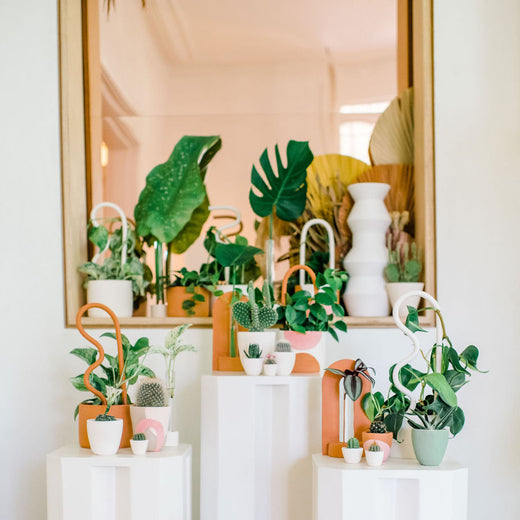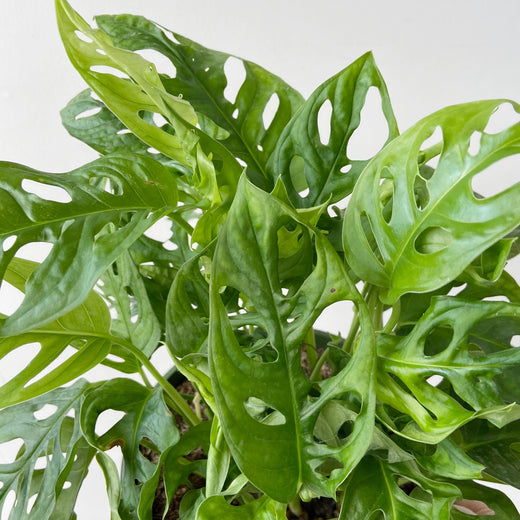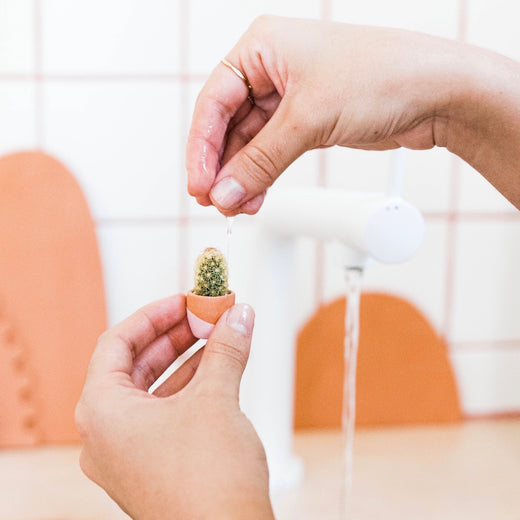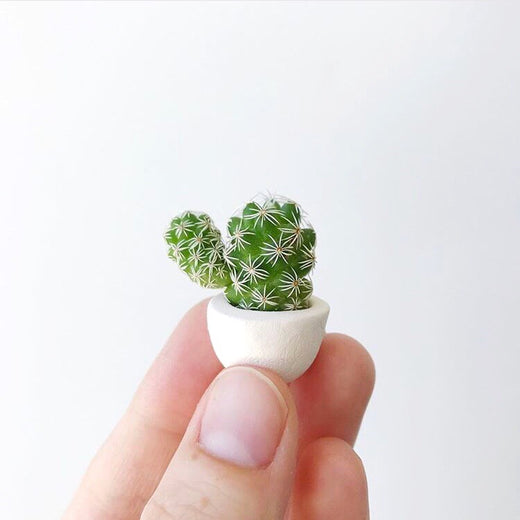How to pick the perfect sized planter for your plant!
It can be extremely difficult to figure out what size planter is right for your plant.
It’s one of the things people ALWAYS miss when it comes to plant care but most plant parents run into this problem at some point or another. It can be one of the most confusing parts of getting your plants set up correctly and is usually overlooked, causing problems later on.
After years of experimenting, we’ve come up with a rule of (*green*) thumb to live by. We went through a lot of trial and error testing our planter sizes with our plants - that’s why each of our plants comes in a plant kit where the plant and planter are paired together specifically based on size before shipping.
Why does planter size matter?
Planter size directly affects the soil to plant ratio.
If the planter is too big and there is a lot of soil in comparison to the plant, this can lead to overwatering. With all that extra soil, water will not be sucked up by the plant or evaporate from the planter quick enough and can easily cause root rot.
If the planter is too small this is much less of a problem. We know people like to throw out the term “root bound” as if it’s a huge problem but really it’s not that big of a deal. With most plants it doesn't negatively impact them, they just won’t grow larger.
And some plants prefer to be in really small planters and or root bound like cacti, succulents, and many houseplants like monsteras!
How to figure out the right size planter for your plant:
All you need to know to figure out the right size pot for your plant is the measurement of the base (where your plant makes contact with the soil) of your plant.
Plant parents beware, this does require a little bit of math and some imagination. But just a little bit, we promise!
Let’s break it down step by step:
Cacti and Succulents
- Measure the base of your plant. For this example we’ll say it’s an inch wide.
- Now divide that measurement in half. That would be ½ inch.
- This is the size of the ideal gap between the base and the planter's inner lip.
- In this example, you would be looking for a 2 inch diameter pot for your one inch wide plant.
- There is some wiggle room though. We suggest the gap between the plant and the planter not be larger than the base of the plant itself but it can be smaller. This will help you avoid the incorrect soil to plant ratio. In our example, the largest planter you would want is 3 inches in diameter.
*There are few exceptions to this if the plant is unusually large in comparison to its base. For example if the cactus is very tall, this rule may not apply.
Houseplants
Here we have a little more wiggle room.
- Measure the base of your plant. For this example we’ll say it’s an inch wide.
- The width of the plant is the ideal sized gap between the base of the plant and the planter's inner lip.
- In this example, you would be looking for a 3 inch diameter pot for your one inch wide plant.
- Do take the entire size of the plant into account. If a plant is very small at the base but very bushy above, the planter can be up to the width of the bushiest part of the plant.
Other tips to consider when looking for the right size planter:
- Check the size of your plant's roots before you pick a planter! Some cacti and succulents have very long and large root bases that will need a taller narrow planter to fit them.
- If you have lots and lots of roots but want to keep your plant in the planter it has been thriving in, you can trim the roots so it will fit better. This will not hurt your plant and will ensure it will do better in that pot.
- Size isn’t the only thing you should consider when it comes to your planter, find out How to Find the Best Planters for your Plants on our blog.
This is probably one of the most confusing pieces in the puzzle that is plant care and honestly most people don’t talk about it because there isn’t a set rule that is standard. Since we figured it out for all of the plants we grow, we created our plant kits to take all of that guess work and confusion out of the equation for other plant parents, whether they be plant experts or new to the world of plant parenthood.





